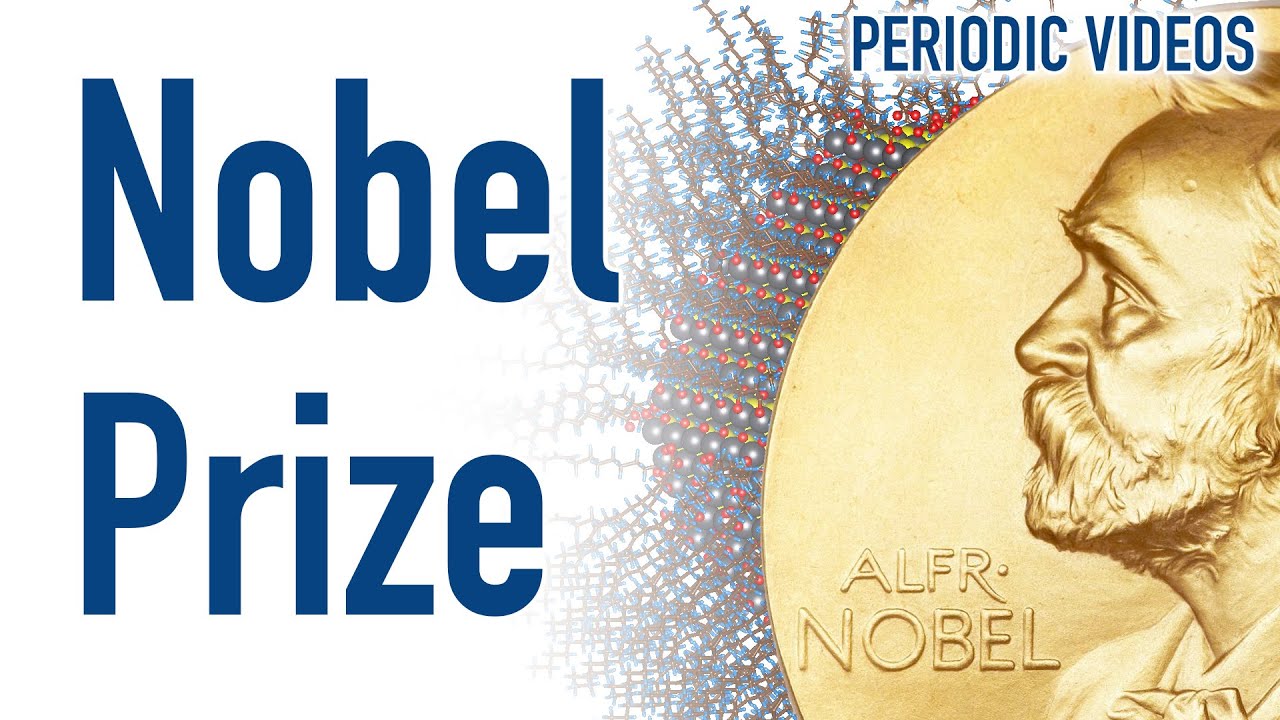A quantum dot (or semiconductor nanocrystal) is a nanometre-scale particle who optical and electronic properties are determined by quantum mechanical effects and can be tuned by adjusting the size of the particle.
The Nobel Prize in Chemistry for 2023 was awarded to Moungi G. Bawendi, Louis E. Brus, and Alexei I. Ekimov “for the discovery and synthesis of quantum dots”.
Physicists had long known that in theory size-dependent quantum effects could arise in nanoparticles, but at that time it was almost impossible to sculpt in nanodimensions. Therefore, few people believed that this knowledge would be put to practical use.
However, in the early 1980s, Alexei Ekimov succeeded in creating size-dependent quantum effects in coloured glass. The colour came from nanoparticles of copper chloride and Ekimov demonstrated that the particle size affected the colour of the glass via quantum effects.
A few years later, Louis Brus was the first scientist in the world to prove size-dependent quantum effects in particles floating freely in a fluid.
In 1993, Moungi Bawendi revolutionised the chemical production of quantum dots, resulting in almost perfect particles. This high quality was necessary for them to be utilised in applications.
Quantum dots now illuminate computer monitors and television screens based on QLED technology. They also add nuance to the light of some LED lamps, and biochemists and doctors use them to map biological tissue.
The prize was equally shared among the laureates.
